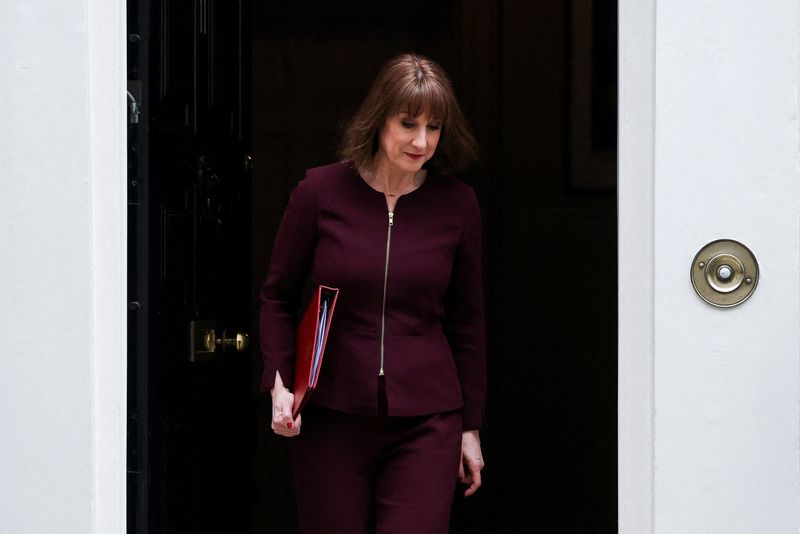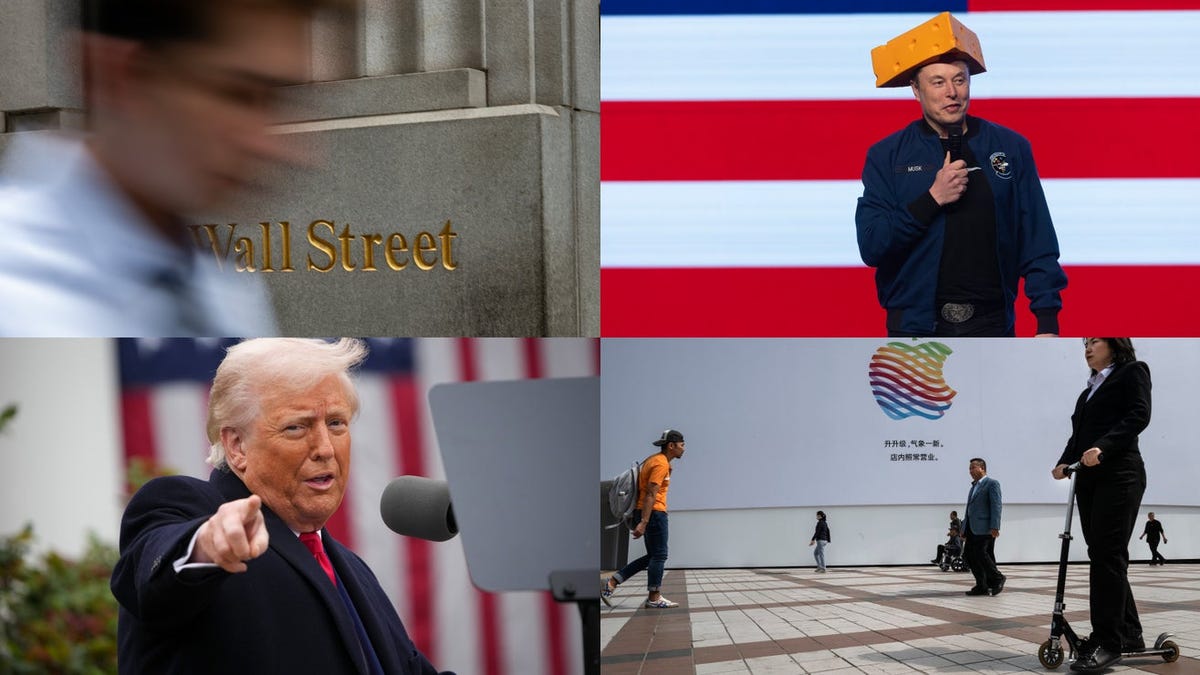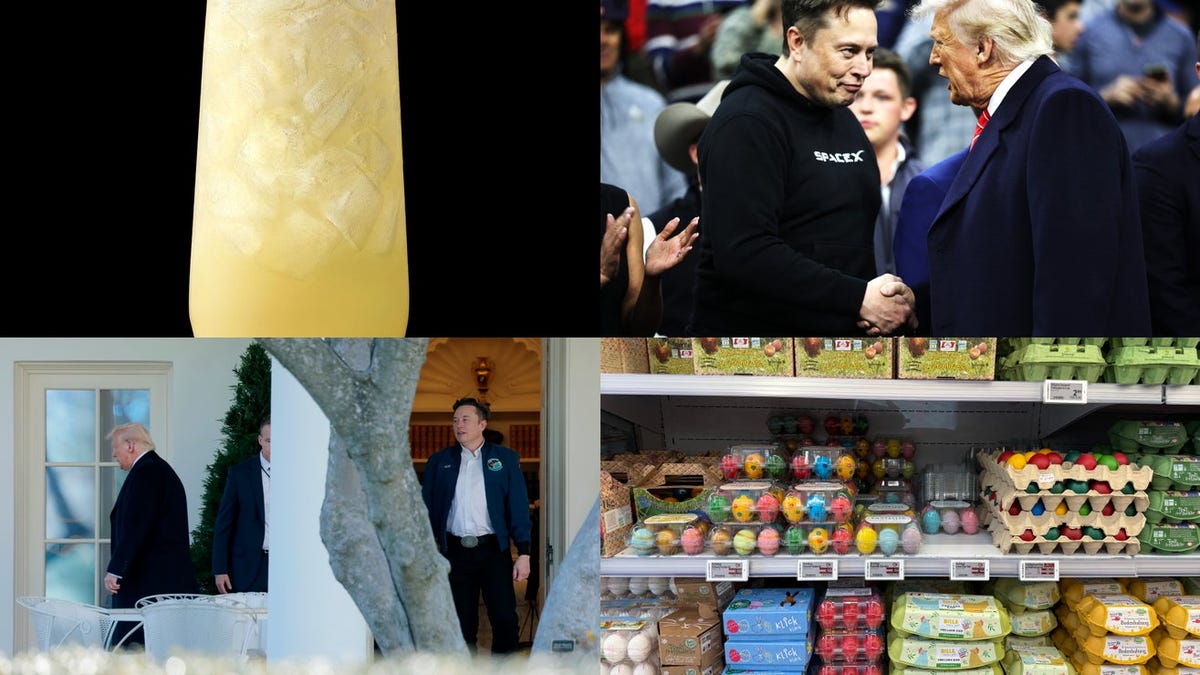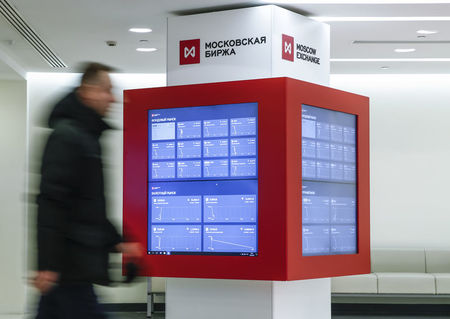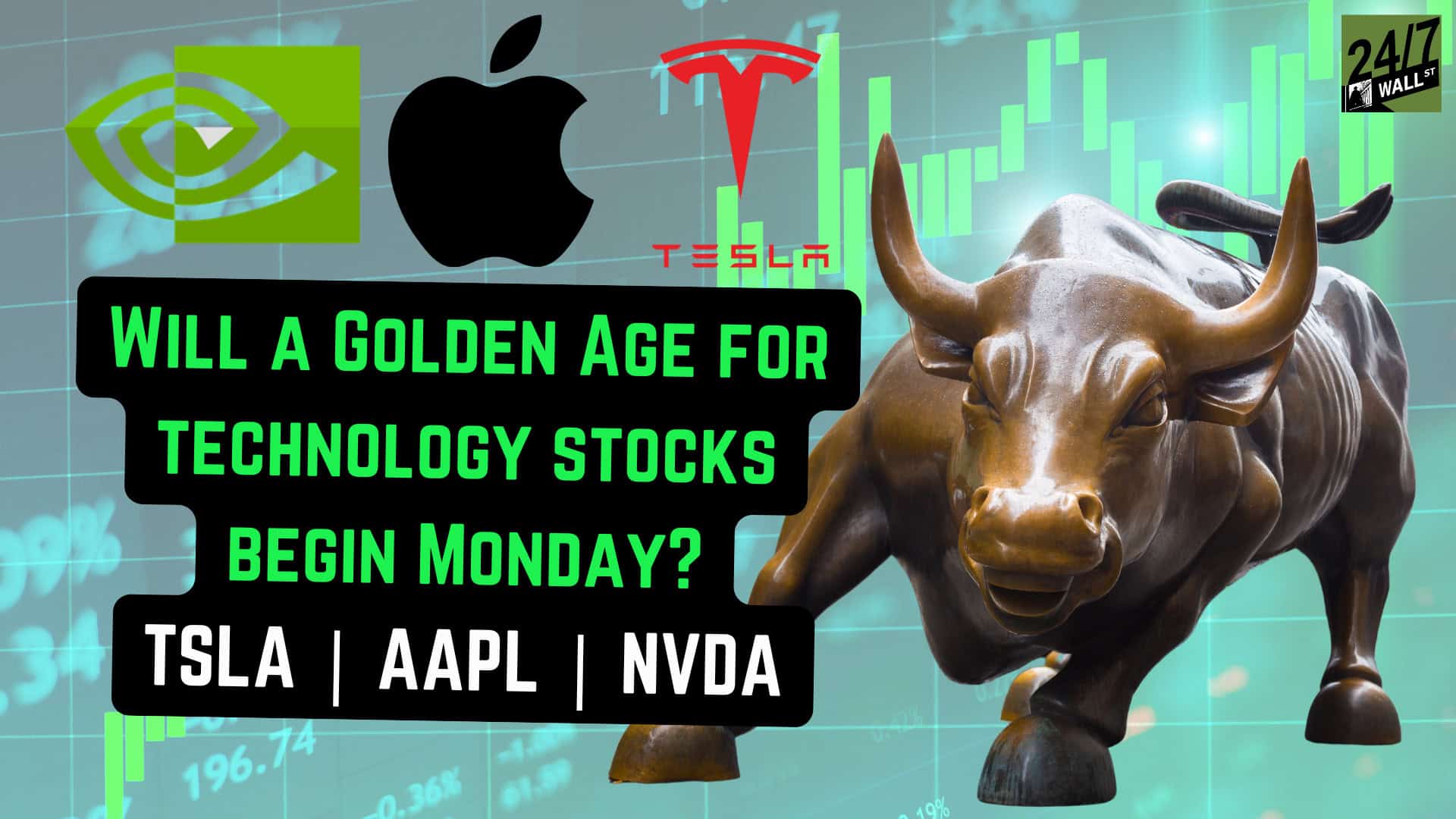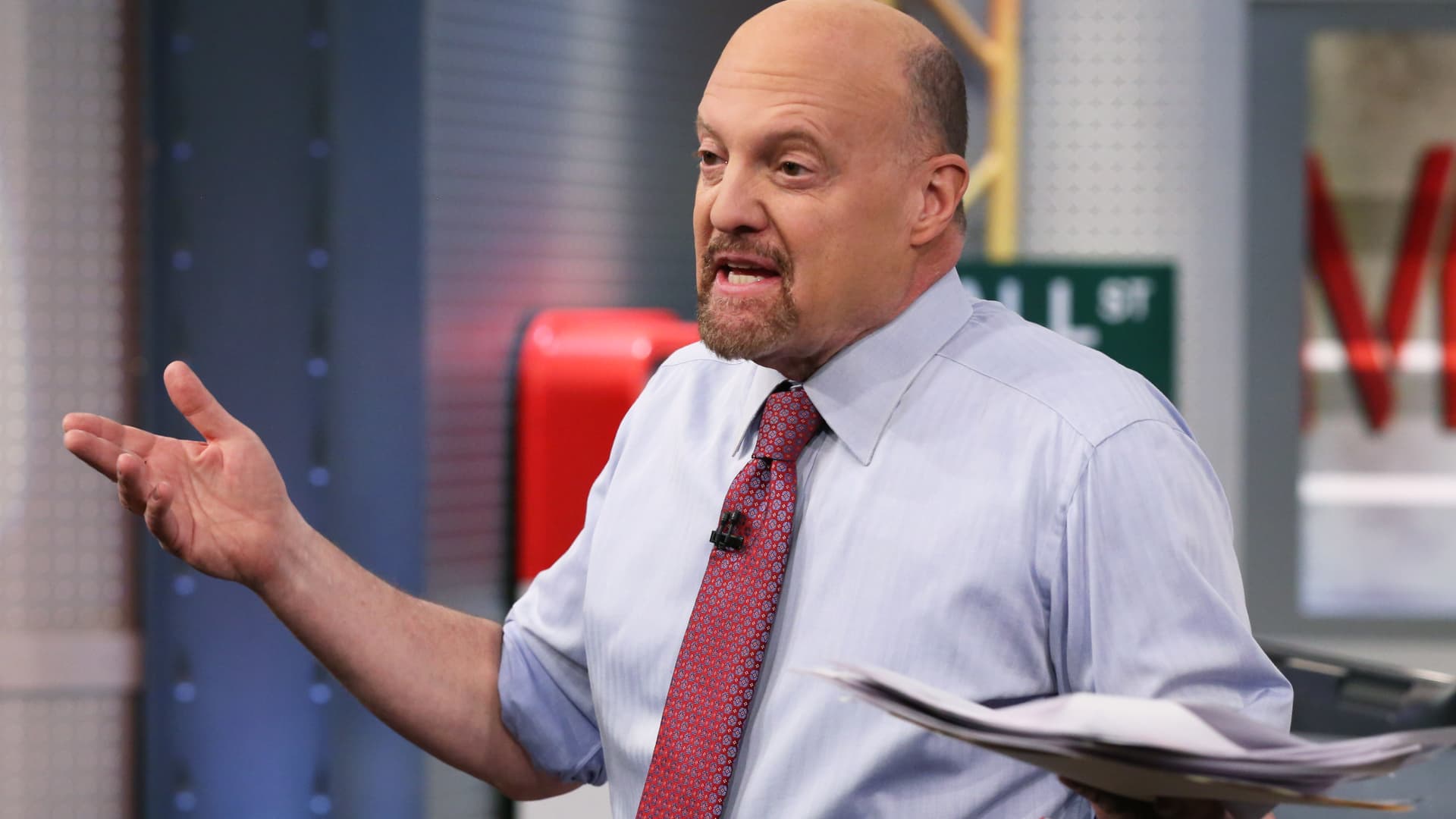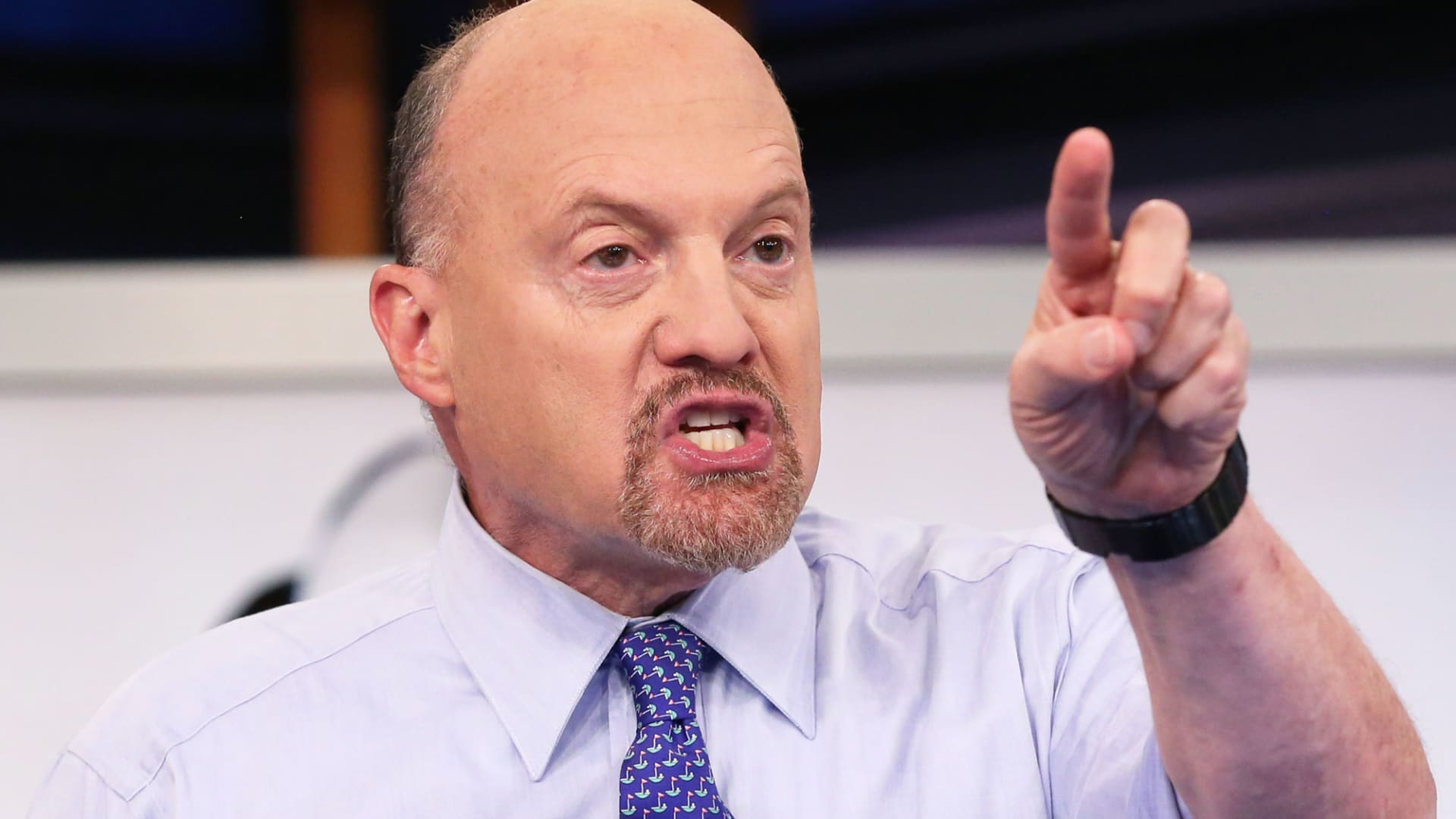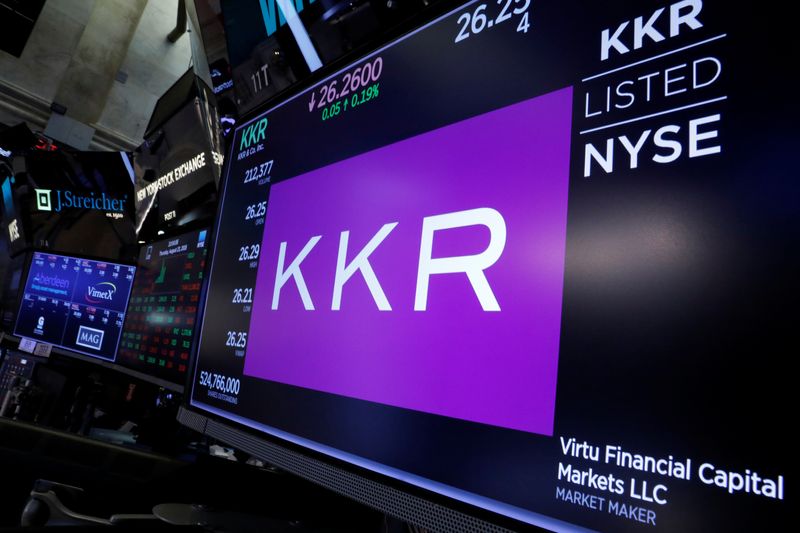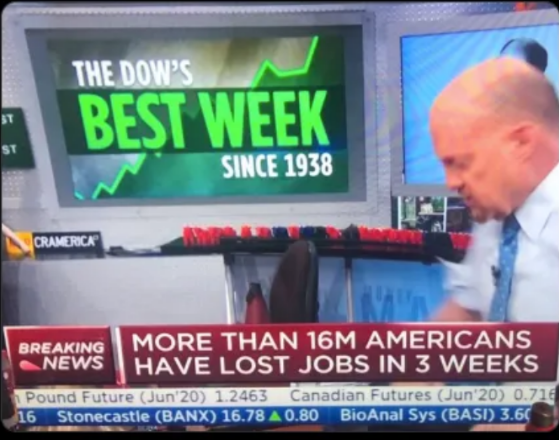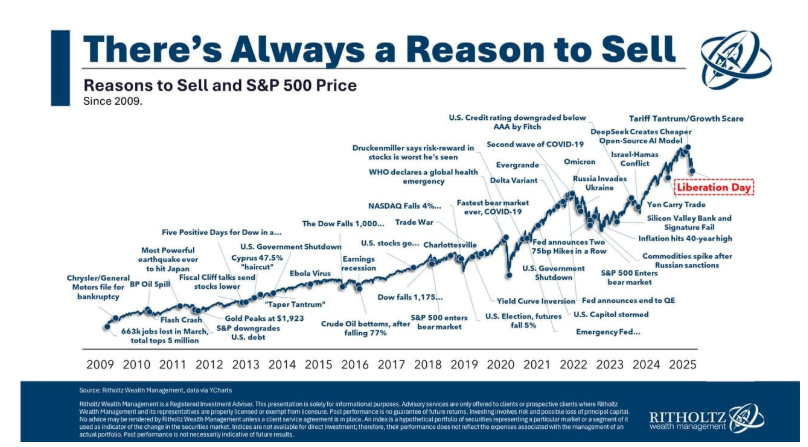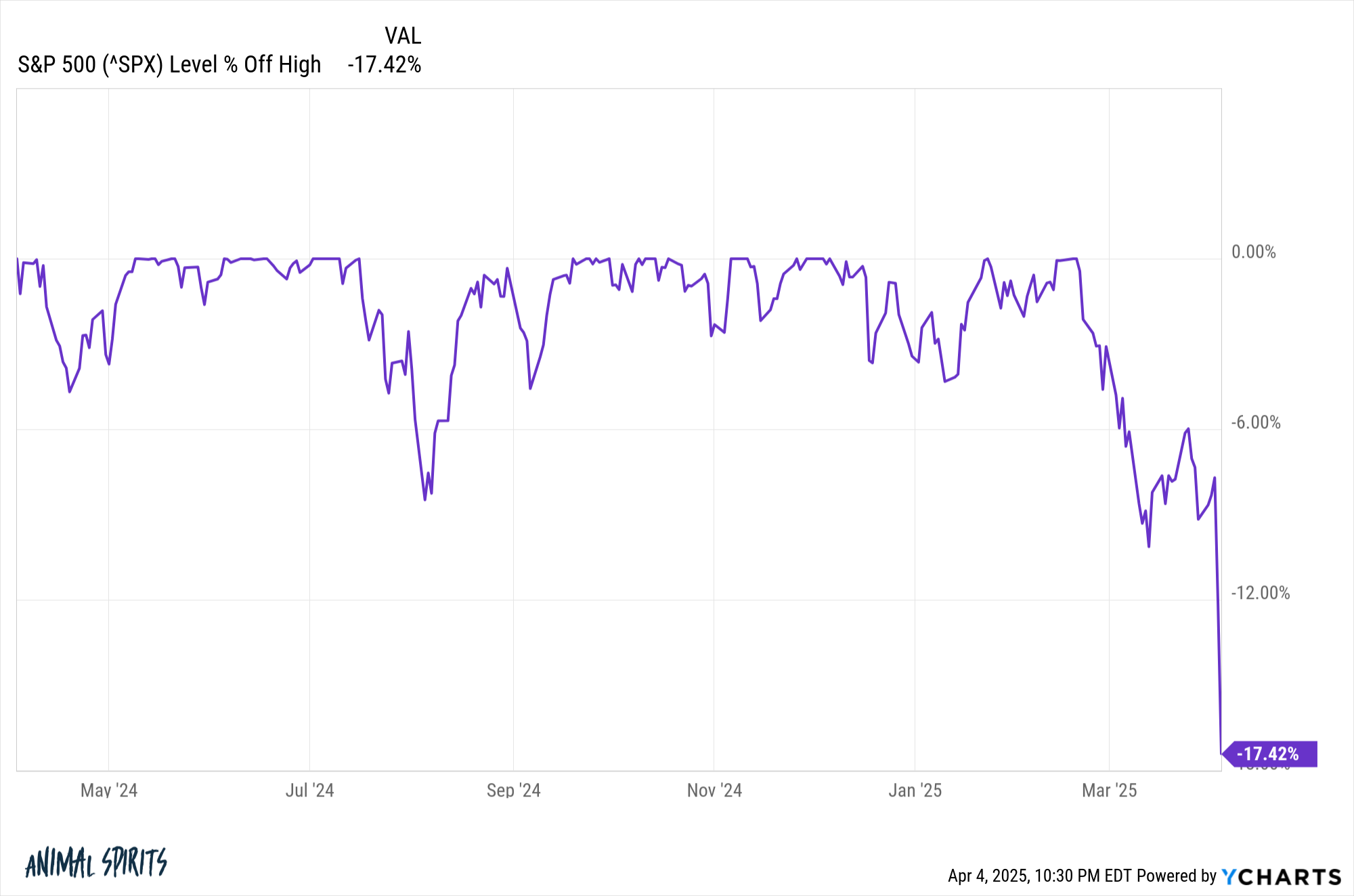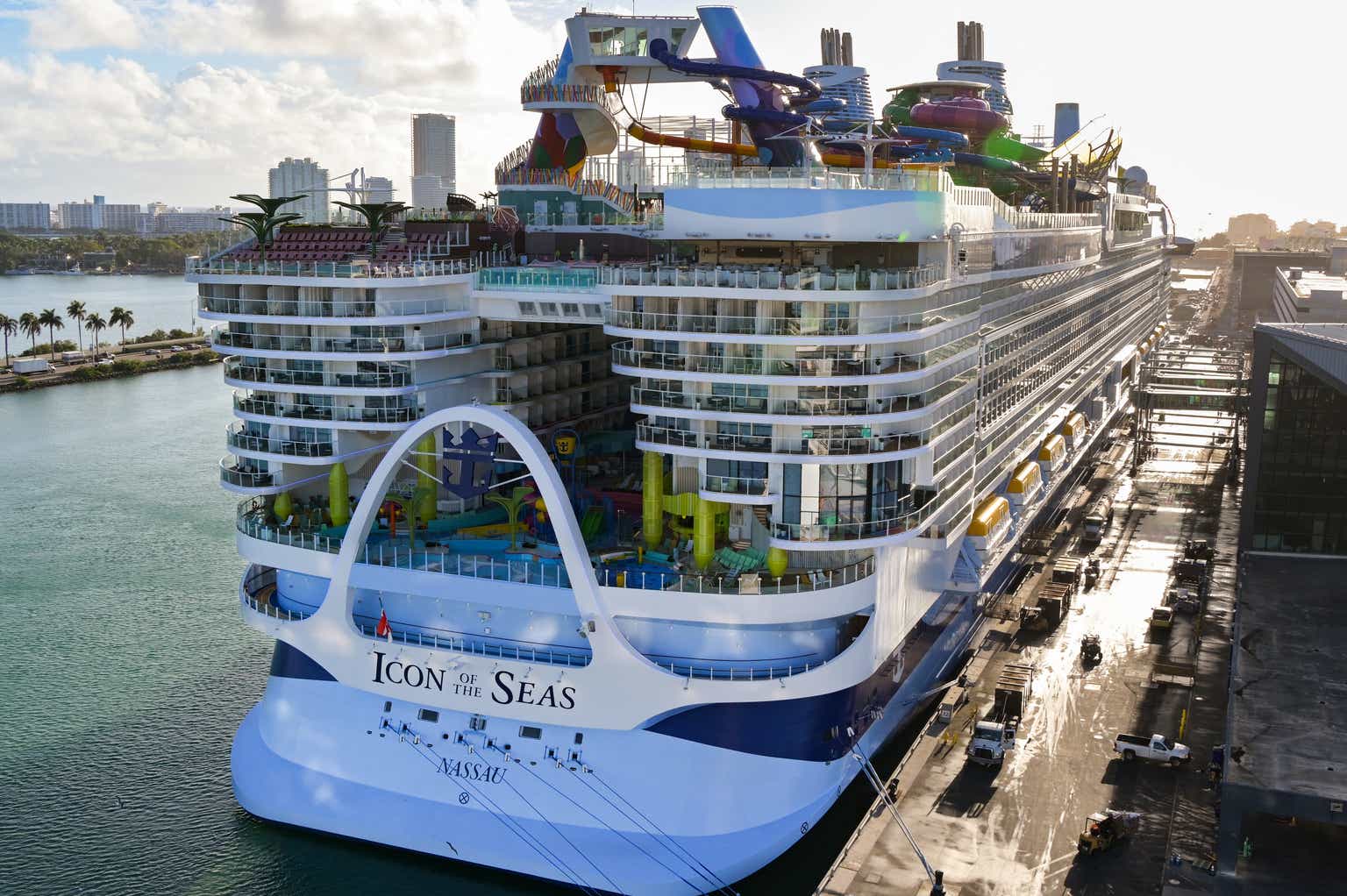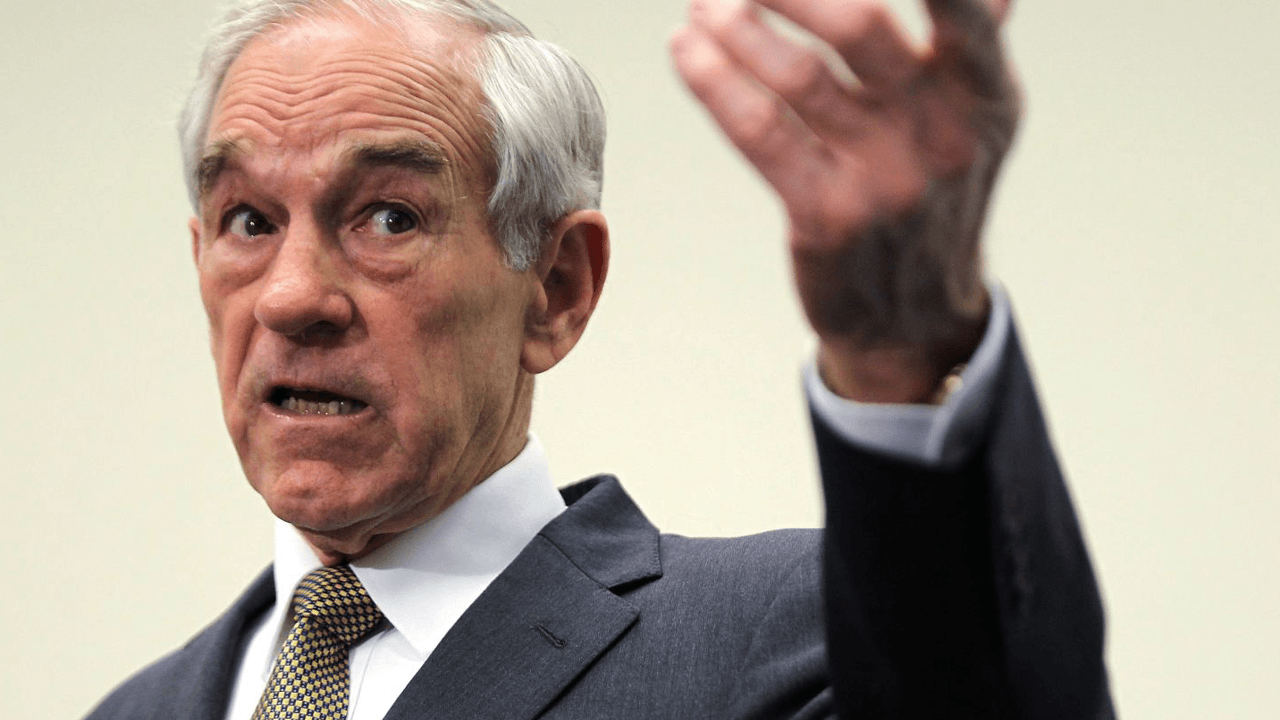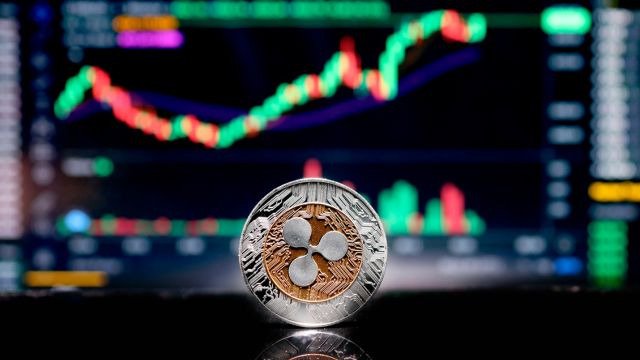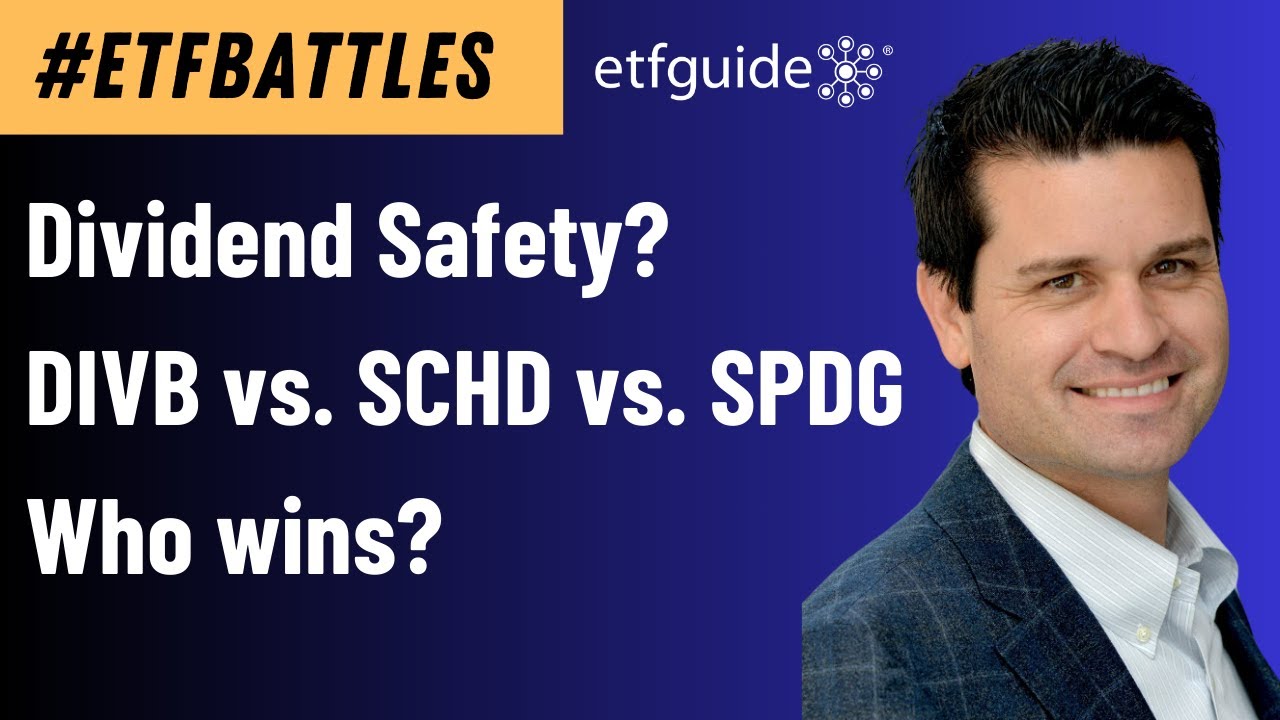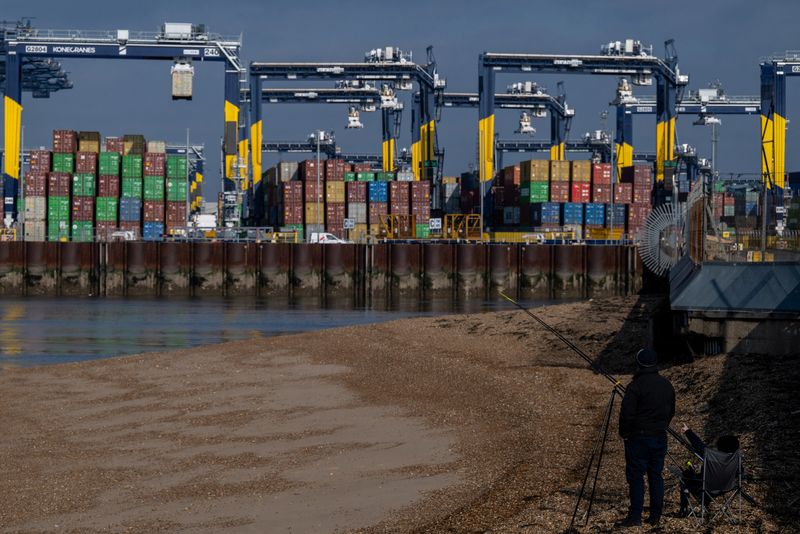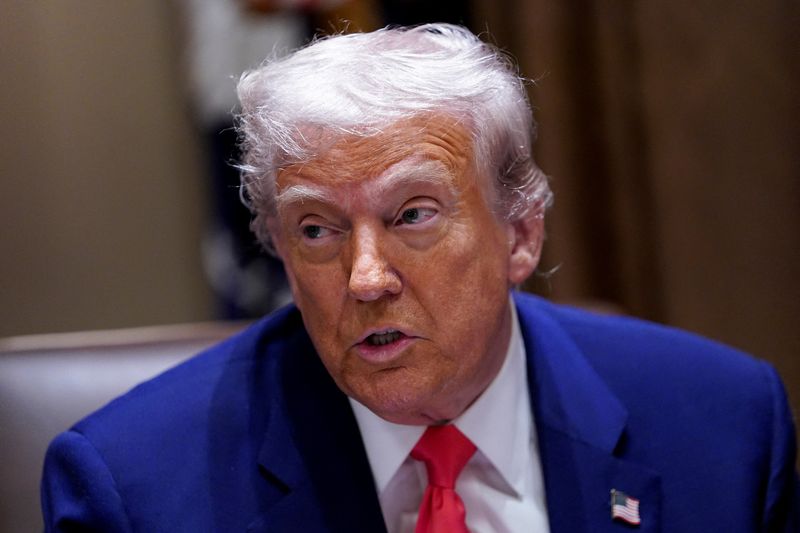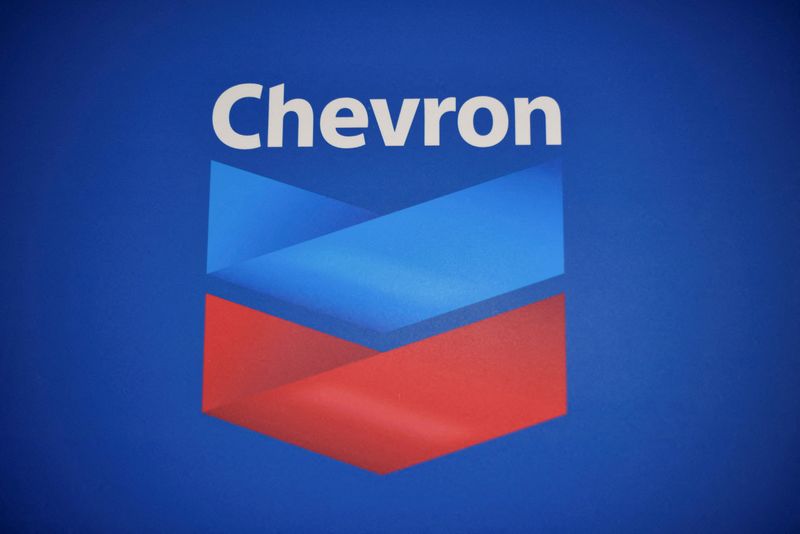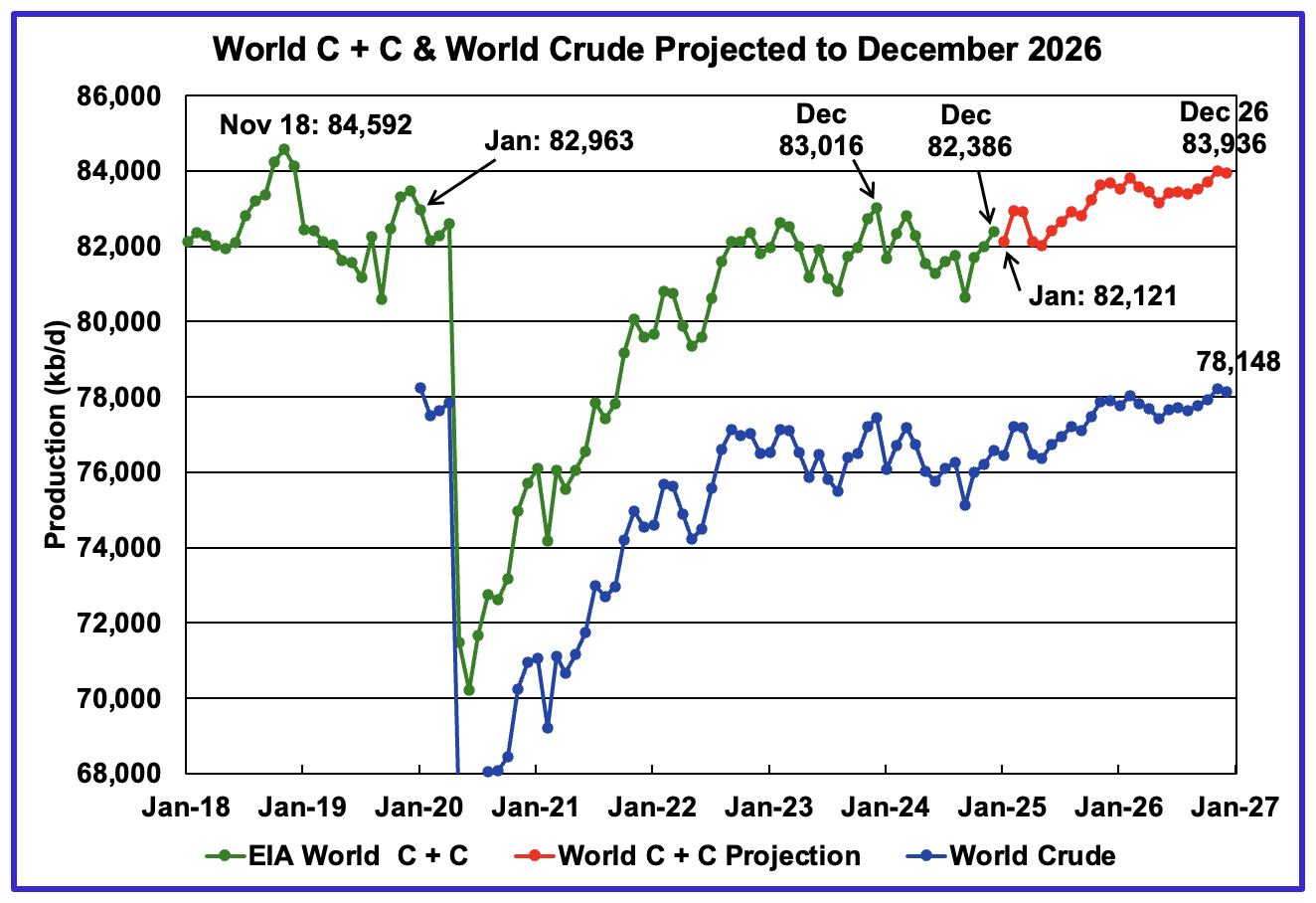China’s EV giants shift gears toward the U.K. as tariff troubles mount in the U.S. and Europe
Shut out by tariffs in the U.S. and EU, China’s EV makers are accelerating into the U.K.—now Europe’s biggest electric car market.

If there’s one thing that’s certain about the automotive industry right now, it’s that nothing is certain. The EV revolution has severely disrupted the market, and now global tariffs are posing challenges that could be existential for some companies.
Even before the tariff wars, one of the biggest threats for European and American automakers was the inexorable rise of Chinese EV producers. The EU and U.S. fought back with protectionism, but one country hasn’t, and it’s looking like an increasingly tempting market as a result: the U.K.
You won’t see many cars from China on U.S. streets, and few Chinese companies are contemplating launching EVs in America. Joe Biden already implemented a 100% tariff on Chinese EV imports in 2024, and the latest additional import taxes from the Trump administration have made the U.S. car market an impossible one for Chinese newcomers that don’t have local factories. So this is unlikely to change for the foreseeable future.
Europe has been a more successful target for Chinese-owned automakers, with BYD, MG, Geely’s Polestar, Zeekr and Lynk & Co, plus Nio, XPeng, Aiways, Chery, and Great Wall Motors all launching in the EU. Realizing the danger to indigenous brands’ nascent EV offerings, Europe imposed up to a 35.3% tariff on top of the existing 10% on Chinese imports, citing governmental subsidies as an unfair advantage. This has dampened China’s enthusiasm but not killed it. The tariffs vary with the level of subsidy, so state-owned SAIC has received the full 35.3% while privately owned BYD’s tax is 17%. This also hasn’t applied to hybrids, so in the EU Chinese manufacturers have started to shift attention to this drivetrain type instead.
European EV opportunities
Norway has been the European poster child of EV adoption, with 84.1% of sales in March 2025 being all-electric (BEV). Combined with other plug-ins (primarily PHEVs) the figure was 93.2%. But Norway is a small country, with a population of 5.57 million and just 128,691 new passenger car registrations in 2024. France and Germany, despite having much lower BEV market shares, have been the most lucrative sales prospects thanks to much larger populations. But in 2024, the U.K. became Europe’s largest BEV market with 381,970 sales, overtaking France (291,143) and Germany (380,609). This has been despite direct subsidies ending a few years ago in Britain.
Zeekr, a challenger brand from Chinese behemoth Geely, had initially been noncommittal about selling in the U.K., instead focusing on the smaller markets with high EV market share. “When we launched into our first markets of Norway, Sweden, and the Netherlands, the goal was to establish our brand,” says Lothar Schupet, Acting CEO, Zeekr Europe. “We chose small markets with the highest EV adoption. Our strategy was to move from there to bigger markets when we felt we understood the customer. Germany, the U.K., and France are the three big markets. If you fail there, you lose a lot of trust from a huge population in Europe.”
While Chinese EV brands have tended to launch in Norway first over the last few years, there has been a marked upswing in interest in the U.K. MG, a brand from Chinese automotive giant SAIC but with strong British heritage, has been doing extremely well, with BEVs at the forefront. The company had a comfortable 4% of the U.K. market in March 2025, thanks to bestsellers like the MG4, matching traditional automakers Ford and Mercedes-Benz.
However, BYD is already making even better inroads, with 5% of the U.K. market having only arrived in the U.K. in March 2023 (BYD started selling in Europe in late 2022). In fact, BYD sold more cars in March 2025 than for the whole of 2024. That share is likely to increase as the company previously lacked one of the most popular body styles from its EV range, a midsize SUV. BYD has just launched its Sealion 7 into this space, although the price pits it squarely against Tesla’s market-leading Model Y.
XPeng is another Chinese automaker that initially showed little intention of selling in the U.K. when it launched into Europe in 2021, again starting with Norway. But the company brought its G6 SUV to the U.K. in February 2025. This is another Model Y competitor, but XPeng is pricing below the equivalent Tesla.
Leapmotor is a slightly different proposition. Although the cars on sale in Europe are manufactured in China, the European entity is 51% owned by Stellantis. The European giant had been making its low-cost Leapmotor T03 in Tychy, Poland but ceased production at the end of March. Stellantis says: “While the company remains fully engaged in the launch of Leapmotor vehicles in Europe, at the moment it is evaluating different production options.” There have been reports this decision was influenced by Poland’s support for the EU’s increased tariffs on Chinese EV imports. Spain, which didn’t support the tariffs, is being touted as the location for the manufacturing of Leapmotor’s forthcoming B10. But none of this affects the U.K. The right-hand-drive T03 was always supplied to the U.K. from China (as is its C10) and will continue to be.
More Chinese EV brands on the way to the U.K.
The growing value of the U.K. market has led Zeekr to become more explicit about its plans to launch there. “Obviously, we need to invest in right hand drive,” says Schupet. “But we already have this in Malaysia, Singapore, and Australia, so we have taken the first step. The potential is there because the U.K. has confirmed it will not follow the tariffs in Europe, and that gives an additional business potential. It also gives a little risk, because competition will be fierce. Everyone has realized the U.K. is a profitable market.”
In virtually the same week as BYD launched the Sealion 7 and Zeekr its 7X (yet again, a midsize SUV), another huge Chinese automaker made its debut in Europe and the U.K.. Changan was the first manufacturer to build cars in China in the 1950s (under a different company name). The company is introducing three brands to Europe – Deepal, Changan, and luxury marque Avatr. The first car to arrive in the U.K. will be the Deepal S07, which is unsurprisingly a midsize SUV in the same space as the Tesla Model Y. “The U.K. is an increasingly important EV market”, says Bertrand Bach, Global Design Director of Changan. “We are launching across Europe, but the U.K. will be a valuable part of that strategy.”
Zeekr has only said it will be coming to the U.K. “in the next 18 months”, which would mean before the end of 2026. “We want to distance ourselves from being just the next brand exporting from China to the U.K.,” says Schupet. “We believe our price and value proposition is high in terms of build quality, but we cannot deny that a lot of consumers are saying this is the next Chinese brand. However, we are part of the Geely group with a lot of expertise of European customers.” Geely owns Volvo, Polestar and Lotus, so has plenty of European sensibility already. “We are developing Zeekr cars in Europe for Europe in Gothenburg.”
Changan also has its design center in Turin, which it launched in 2006, long before the company brought its brands to Europe. “The Deepal S07 was designed in Europe to appeal to European customers,” says Bach. “It has a European spirit. We know we can’t create a car for Chinese buyers and expect European customers to like the same designs.” Bach says the S07’s suspension setup, for example, is more dynamic in Europe than the version sold in China.
The U.K. is emerging as the European country of favor for Chinese automakers, however. “We wouldn't be as excited as we are to launch soon in the U.K. if we didn't see big potential,” says Schupet. “The EV mindset is shifting. The U.K. overtook Germany in 2024 by around 1,000 units. It’s a premium market as well. We want to accelerate as fast as possible to enter the U.K. market. We see huge possibilities.”
This story was originally featured on Fortune.com




